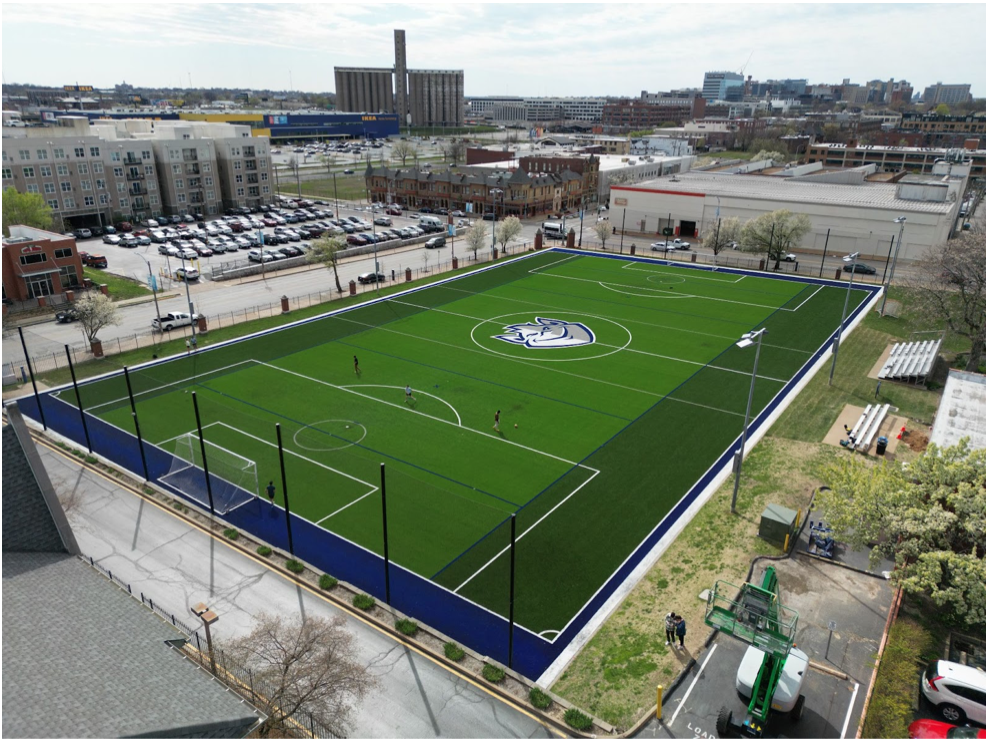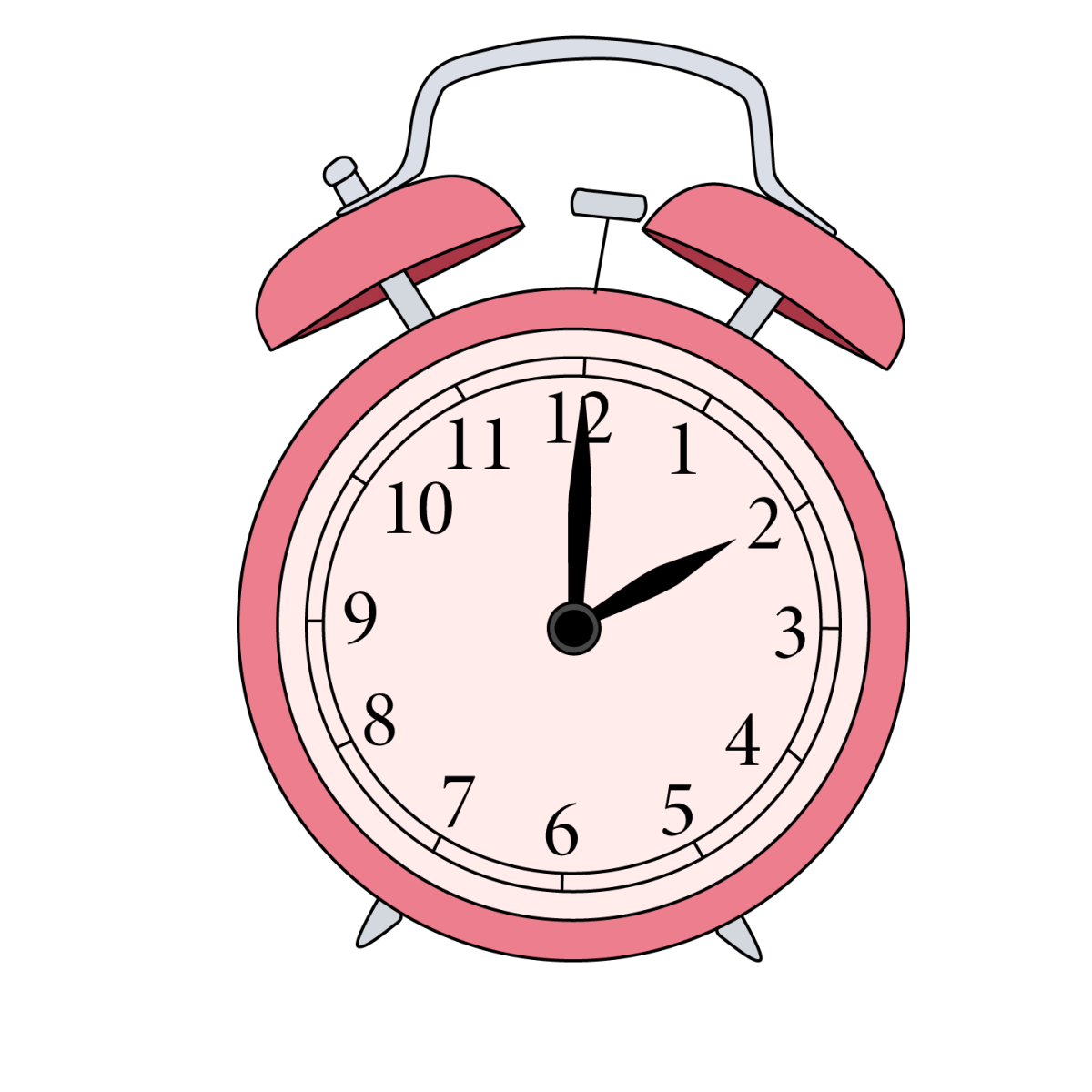Equipped with nothing but a projector and satirical wit, Bob Hirschfeld brought an ecological education to the Saint Louis Room last Thursday that would have turned Jay Leno green with envy. Hirschfeld, a self-proclaimed “cyber-satirist,” has been performing and educating across the U.S. for the last 12 years. On Thursday, Oct. 25, he came to Saint Louis University to speak as a part of Sustainability Week.

Not limiting his scope to college students, Hirschfeld has also worked with numerous businesses over the years to show employees how “going green saves green.”
“I think there’s an opportunity for humor to reach a lot more people,” Hirschfeld said in his opening comments, explaining why he attempts to educate with comedy. Indeed, the first half of the night found him riffing in a manner similar to the opening of any late-night talk show.
His jokes, both intelligent and well-delivered, focused on the confusion and difficulty inherent in attempting to live a green lifestyle. The seamless flow from goofy to factual and back again served to keep the audience both informed and interested.
One issue featured in Hirschfeld’s speech was the difficulty in replacing incandescent light bulbs with LED bulbs, which are so expensive that the question, “How many dollars does it take to change a light bulb?” is raised.
Another joke centered on the development of biodegradable fast-food containers, which decompose naturally to avoid pollution. Hirschfeld reasoned, it would make sense to throw the container out of your car with the leftovers, a form of eco-littering.
The talent in his writing could be seen when his focus turned to corn’s role in developing an eco-friendly society, where he argued that corn, while considered useful by most people, is subject to the whimsy of corn lobbyists.
Concurrently, Hirschfeld claimed, “Ethanol is actually shown to reduce mileage and pollute more,” not skipping a beat in his move from deriding lobbyists to debunking a generally-believed myth about the environmental benefits of ethanol.
After giving the audience a pseudo-historical look into technological developments, opening with dinosaurs causing their own extinction from all of their carbon emissions, Hirschfeld attempted to address commonly presented counterpoints to the theory of global warming.
In response to the fact that carbon dioxide is a natural component of Earth’s life cycle, he raised the point that too much of anything can be a bad thing. He moved on to address the cooling and heating cycles of the Earth, saying that while the cyclical nature of the planet is relevant, it’s very possible that humans could throw off the natural balance of these cycles and harm the environment.
Hirschfeld’s central claim was that resilience is key to developing a sustainable technological environment. He defined resilience as “the ability to absorb ecological, social and economic changes, and to develop self-sufficiency.”
His concept of resilience was made up of three parts: diversity, which is the ability to get energy from multiple sources; modularity, developing big systems made of small components for more flexibility; and a feedback loop, where the consequences of our choices are close to home and hard to ignore.
The rest of Hirschfeld’s presentation talked about the ongoing developments in green technology, their future potential and the sources of the green push with reference to transportation and business and industrial buildings.
On the topic of transportation, Hirschfeld cited a remarkable statistic: only 15 percent of the energy from the fuel in a car goes to making it move. He went on to discuss the development of aerodynamic, light-weight car designs that reduce the frictional force on vehicles; improvements in automotive design are going to increase fuel efficiency by 50 percent over the coming decades, Hirschfeld said.
In at-home green developments, Hirschfeld pointed out that solar panels are constantly decreasing in price and increasing in efficiency, while getting recycled newspaper insulation in his home saved him 50 percent on air conditioning in one year.
Hirschfeld closed with a number of ways the audience could convince their friends to “go green” and provided encouragement about the opportunities college students will have in getting involved in careers centered on ecologically-intelligent developments.





